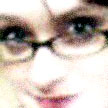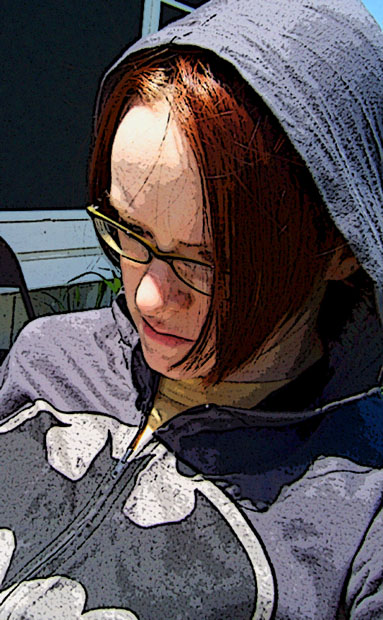- Gang Wan. "Visualizations for Digital Libraries," Information Technology & Libraries, June 2006. [slightly different version available here]
- Leonidas Deligiannidis and Robert J.K. Jacob. "An Immersive Environment for the Vase Museum," Proceedings of The 2005 International Conference on Human-Computer Interaction, 2005.
- Horn-yeu Shiaw, Robert J. K. Jacob, and Gregory R. Crane. "The 3D vase museum: a new approach to context in a digital library," Proceedings of the 2004 Joint ACM/IEEE Conference on Digital Libraries, 2004.
The usability results of this interface were impressive. Users using the 3D version of the Vase Museum performed pre-defined tasks 33% better and almost three times faster than those who used the traditional digital library version.
I love this. It only makes sense that using a 3D digital library environment in the same way you would walk through a physical museum is intuitive for users. And the arrangement of vases along two "walls" creates another level of information-relating on a more subtle, intuitive level by using physical space and images instead of gobs and gobs of text. This reminds me of how the Visual Thesaurus uses a similar concept of proximity to connote relationships between words, and how the Ambient Orb uses changing colors to visually convey information about the weather or stock prices.



No comments:
Post a Comment